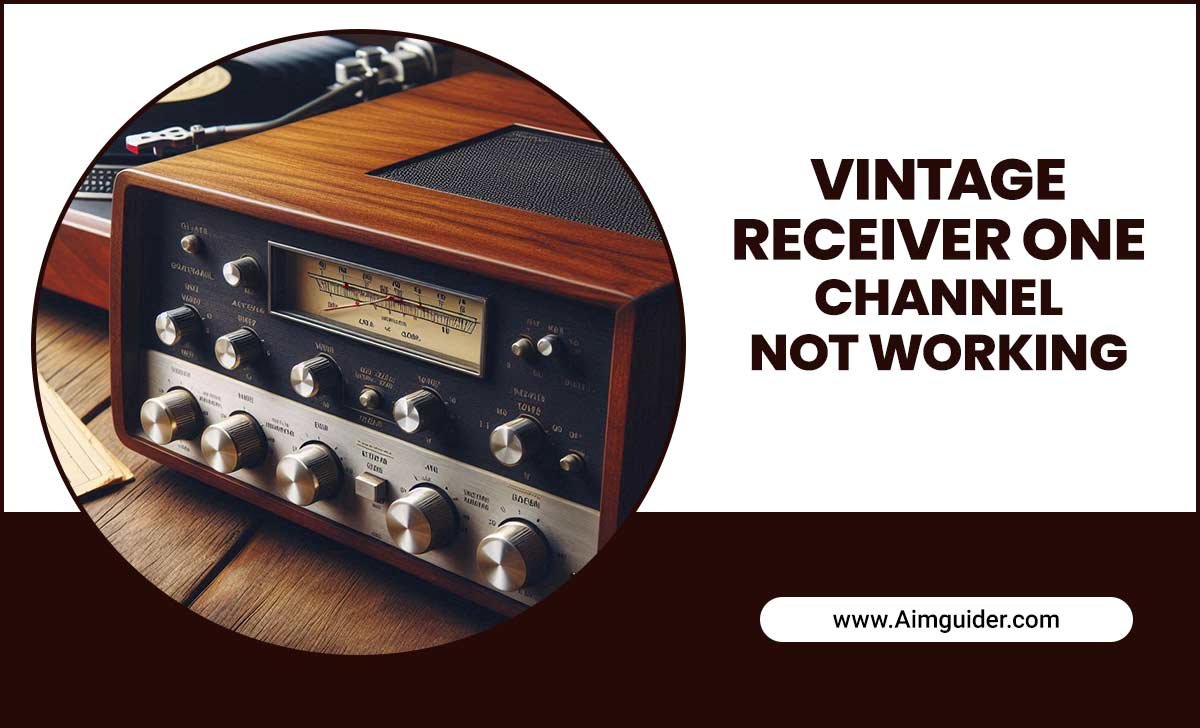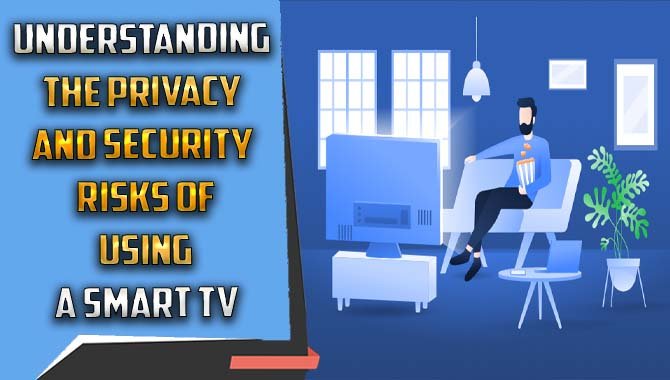Quick Summary:
Looking for the best TV deals on Amazon and need mounting help? This guide breaks down how to find great TV prices on Amazon, choose the right mount, and offers tips for a secure, professional installation, ensuring you get a stunning home theater experience without breaking the bank.
Hey everyone, Bob E Riley here from Aimguider! Upgrading your TV is exciting, and finding a fantastic deal on Amazon makes it even better. But what happens after you click “Buy Now”? You’ve got that sleek new screen, and now you need to get it on the wall. Don’t worry if mounting a TV feels a bit daunting – it’s simpler than you think with the right information. We’ll walk through how to snag those awesome Amazon TV deals and then pair them with the perfect mount for a setup you’ll love. Get ready for a clearer, brighter, and more immersive viewing experience!
This guide is your friendly roadmap. We’ll cover how to spot the best TV deals on Amazon, understand the different types of TV mounts available, and give you the confidence to either tackle the mounting yourself or know what to look for when hiring a pro. Let’s turn that new TV into the centerpiece of your entertainment room!
Finding the Best TV Deals on Amazon
Amazon is a goldmine for electronics, and TVs are no exception. The key to snagging the best deals is knowing when and how to look. Prices fluctuate, especially around major shopping holidays, but there are consistent strategies you can use throughout the year.
Timing is Everything: When to Buy
While you can find good deals on Amazon any time of year, certain periods offer the deepest discounts:
- Prime Day: Amazon’s own shopping extravaganza usually happens mid-year (often July) and is a prime time for electronics sales.
- Black Friday & Cyber Monday: The biggest shopping days of the year, typically the week of Thanksgiving, see significant price drops on TVs.
- Super Bowl Season: Leading up to the Super Bowl (usually January/February), many retailers, including Amazon, offer deals on TVs to capitalize on people wanting a bigger and better screen for game day.
- Special Events: Keep an eye out for deals during other holidays like Memorial Day, Labor Day, and holiday sales towards the end of the year.
Smart Shopping Strategies on Amazon
Beyond just waiting for sales, you can employ a few smart tactics:
- Use Price Trackers: Websites and browser extensions like CamelCamelCamel or Keepa can track Amazon prices over time. This helps you see historical pricing and decide if a “deal” is actually a good one.
- Compare Models and Brands: Don’t get fixated on one specific TV. Research different brands and models within your budget. Sometimes a slightly different model or a competitor’s offering might have a better discount.
- Consider “Renewed” or Open-Box Items: Amazon Renewed products are pre-owned items that have been inspected and tested to work and look like new. They often come with a warranty and can offer substantial savings.
- Check Deal of the Day/Lightning Deals: These sections on Amazon feature limited-time offers that can provide excellent value if you’re quick.
- Read Reviews: Always check customer reviews for both the TV and the seller. Look for common complaints or praises regarding picture quality, features, and reliability.
Choosing the Right TV Mount
Once you’ve found your dream TV at a great price, the next step is choosing a mount that fits your needs and your TV. A good mount ensures your TV is secure, positioned perfectly for viewing, and complements your room’s aesthetics.
Types of TV Mounts
There are three main types of TV mounts, each offering different levels of adjustability and viewing angles:
- Fixed Mounts: These are the simplest and most affordable. They hold your TV flat against the wall, just inches away. They are great for a clean, minimalist look but offer no adjustability.
- Tilting Mounts: These allow you to tilt your TV up or down. This is incredibly useful if your TV is mounted higher than eye level, helping to reduce glare and improve the viewing angle.
- Full-Motion (Articulating) Mounts: These are the most versatile. They allow you to tilt, swivel, and extend your TV away from the wall. This is ideal for large rooms, rooms with multiple seating areas, or when you need to position the TV in a corner or different angles.
What to Look for in a TV Mount
Beyond the type, several factors are crucial for a safe and satisfactory mounting experience:
- Weight Capacity: This is paramount. Every mount has a maximum weight it can safely support. Your TV mount MUST be rated for more than your TV’s weight. Always check your TV’s specifications for its weight (including any stand if you plan to reuse it, though wall mounting typically removes the stand).
- VESA Compatibility: VESA refers to the mounting hole pattern on the back of your TV. Most TVs and mounts follow VESA standards (e.g., 200x200mm, 400x400mm). Your mount’s VESA pattern must match your TV’s. This information is usually found in your TV’s manual or specs online.
- Screen Size Compatibility: Mounts are often listed with a compatible screen size range (e.g., 40-70 inches). While VESA and weight are the most critical, ensure your TV’s size falls within the suggested range for optimal balance and support.
- Wall Type: Most mounts are designed for standard wood-stud drywall. If you have a brick, concrete, or metal stud wall, you’ll need a specific mount or anchoring hardware designed for that material.
- Ease of Installation: Some mounts come with all necessary hardware and clear instructions. Others might require specialized tools or a bit more DIY know-how. Read reviews to gauge installation difficulty.
- Brand Reputation and Warranty: Stick with reputable brands known for quality and safety. A good warranty provides peace of mind.
Popular Mount Brands to Consider
Several brands consistently receive high marks for quality and reliability. While you can find many options on Amazon, here are a few well-regarded names often available:
| Brand | Typical Offerings | Key Features |
|---|---|---|
| Sanus | Fixed, Tilting, Full-Motion | High-quality construction, user-friendly features, often sleek designs. |
| Mount-It! | Extensive range, often budget-friendly | Wide variety of styles, good value for money, robust options available. |
| LOCTEK | Full-motion, ergonomic designs | Focus on smooth articulation and flexibility, robust build. |
| ECHOGEAR | Fixed, Tilting, Full-Motion | Easy installation, strong build, good customer support. |
DIY TV Mounting: A Step-by-Step Guide
Mounting a TV yourself can save money and give you a great sense of accomplishment. Here’s a simplified guide, but always consult your mount’s specific instructions and consider your DIY comfort level. If you’re unsure about any step, especially identifying studs or ensuring secure anchoring, it’s best to hire a professional.
Tools You’ll Likely Need
Gather these items before you begin:
- Your chosen TV mount (with all included hardware)
- Stud finder
- Pencil
- Measuring tape
- Level
- Drill with appropriate drill bits (for pilot holes and lag bolts)
- Socket wrench or ratchet set (for lag bolts)
- Screwdriver (Phillips and/or flathead, depending on your TV/mount)
- Possibly a second person to help lift and hold the TV
Step-by-Step Mounting Process
Step 1: Locate Wall Studs (Crucial for Drywall)
This is the most critical step for a secure mount. Use your stud finder to locate the center of at least two wall studs where you plan to mount the bracket. Mark these locations lightly with a pencil. Most mounts require that the lag bolts securing the wall plate go directly into the center of studs.
Step 2: Determine TV Height and Position
Decide where you want your TV. A good guideline is to have the center of the screen at or slightly below eye level when you’re seated. Use your measuring tape to mark the desired horizontal and vertical center point on the wall.
Step 3: Attach the Wall Plate
Hold the wall plate portion of your mount against the wall, aligning it with your stud marks and desired height. Use your level to ensure it’s perfectly straight. Mark the drill hole locations. Drill pilot holes for the lag bolts, making sure they are deep enough for the bolts but not so deep they compromise stud integrity. Securely fasten the wall plate to the studs using the provided lag bolts and your socket wrench. Do not overtighten, but ensure it’s snug and firmly in place.
Important Note for Brick/Concrete Walls: If mounting on brick or concrete, after locating your spots, you will drill holes and use appropriate anchors (like wedge anchors or sleeve anchors) designed for masonry. Do NOT use wood stud anchors. Consult masonry anchoring best practices for detailed guidance.
Step 4: Attach Mounting Brackets to the TV
Lay your TV flat on a soft, protected surface (with the screen facing down). Locate the VESA mounting holes on the back of your TV. Attach the vertical brackets from your mount to these holes using the screws provided with your mount. Make sure to use the correct screw size and any necessary spacers to ensure a snug fit without damaging the TV. Do not overtighten.
Step 5: Hang the TV on the Wall Plate
This is where a second person is highly recommended. Carefully lift the TV and align the brackets attached to the TV with the corresponding hooks or slots on the wall plate. Gently lower the TV until it’s securely seated. Most mounts have a locking mechanism (screws, clips, or a latch) to secure the TV to the wall plate. Engage this lock according to your mount’s instructions.
Step 6: Connect Cables and Test
Once the TV is securely mounted, connect your power and HDMI cables. If your mount is adjustable, gently test its movements (tilt, swivel, extend) to ensure it operates smoothly and holds the TV securely in your desired positions.
When to Hire a Professional
While DIY mounting is achievable, there are situations where hiring a professional installer is the smarter choice:
- Uncertainty about Wall Structure: If you’re unsure if your wall can support the TV, or if you have metal studs, plaster walls, or a difficult-to-access mounting location, a pro has the expertise and tools.
- Lack of Tools or Confidence: If you don’t have the necessary tools or feel uncomfortable with drilling into walls or handling heavy equipment, hiring a professional is a worthwhile investment.
- Complex Mounts or Large TVs: Very large or heavy TVs, or complex full-motion mounts, can be challenging to install safely. Professionals have experience with these.
- Desire for Cable Management: If you want a seamless look with wires hidden within the wall, a professional installer can often provide this service.
- Time Constraints: If you’re short on time or prefer to delegate the task, an installer can complete the job efficiently.
Amazon often offers professional installation services through partners like Amazon Home Services when you purchase a TV or mount. You can also look for local AV installation companies.
Troubleshooting Common Mounting Issues
Even with careful planning, minor issues can arise. Here are a few common ones and their solutions:
- Mount Not Level: If you discover the mount is slightly off-level after tightening, you might be able to loosen the lag bolts slightly, adjust, and re-tighten. Minor adjustments can often be made with tilt-adjustable mounts. If it’s significantly off, you may need to re-drill pilot holes.
- TV Too Close/Far from Wall (Fixed Mount): This is usually an issue with selecting the wrong mount type. If you need more flexibility, consider exchanging it for a tilting or full-motion mount.
- Stiff Swivel/Tilt: Some mounts can be stiff initially. Check the mount’s manual for any adjustment screws or tension knobs that can be tightened or loosened. Gentle, consistent pressure is key.
- Wobbly TV: This is a safety concern. Double-check that all bolts are securely tightened, especially the ones attaching the TV to the wall plate and the wall plate to the wall studs. Ensure you used the correct hardware for your wall type. If it persists, it might indicate an issue with the mount or installation, and professional advice is recommended.
Frequently Asked Questions (FAQ)
Q1: What’s the most important thing to check when buying a TV mount on Amazon?
A1: Always check the weight capacity and VESA pattern compatibility. These two factors ensure the mount can safely hold your TV and attach correctly to its back.
Q2: Can I mount a TV on a plaster wall?
A2: Mounting on plaster walls is possible, but it’s more complex. You’ll need to locate the studs behind the plaster and ensure your anchors are suitable. It’s often recommended to seek professional help for plaster walls.
Q3: What if my TV’s weight is at the maximum limit of the mount?
A3: It’s best to choose a mount with a higher weight capacity than your TV. Using a mount at its absolute limit can be risky and shorten its lifespan. Aim for at least 20-25% buffer.
Q4: How do I know if I have wood studs?
A4: A stud finder is the easiest way. You can also gently tap the wall; hollow sounds usually indicate no stud, while a solid thud means you’ve likely found one. For definitive confirmation, you might need to drill a small test hole.
Q5: Are Amazon Renewed TVs a good deal for mounting?
A5: Yes, Amazon Renewed can be a great way to save money, allowing you to put more budget towards a high-quality mount or accessories. Just ensure you check the seller’s return policy and warranty.
Q6: How high should I mount my TV?
A6: The general rule of thumb is to position the center of the screen at eye level when you’re in your primary seating position. This prevents neck strain and provides the best viewing experience.
Conclusion
Finding the best TV deals on Amazon and securing the right mount is totally achievable. By understanding when to shop, using smart search tactics, and carefully selecting a mount that matches your TV’s specs and your viewing needs, you’re well on your way to an awesome home theater setup. Whether you decide to go the DIY route and follow our step-by-step guide or opt for professional installation, remember that safety and proper fit are always the top priorities. Enjoy your newly mounted TV and all the entertainment it brings!





